I've got a question regarding an edge case with ggplot2 in R.
They don't like you adding multiple legends, but I think this is a valid use case.
I've got a large economic dataset with the following variables.
year = year of observation
input_type = *labor* or *supply chain*
input_desc = specific type of labor (eg. plumbers OR building supplies respectively)
value = percentage of industry spending
And I'm building an area chart over approximately 15 years. There are 39 different input descriptions and so I'd like the user to see the two major components (internal employee spending OR outsourcing/supply spending)in two major color brackets (say green and blue), but ggplot won't let me group my colors in that way.
Here are a few things I tried.
Junk code to reproduce
spec_trend_pie<- data.frame("year"=c(2006,2006,2006,2006,2007,2007,2007,2007,2008,2008,2008,2008),
"input_type" = c("labor", "labor", "supply", "supply", "labor", "labor","supply","supply","labor","labor","supply","supply"),
"input_desc" = c("plumber" ,"manager", "pipe", "truck", "plumber" ,"manager", "pipe", "truck", "plumber" ,"manager", "pipe", "truck"),
"value" = c(1,2,3,4,4,3,2,1,1,2,3,4))
spec_broad <- ggplot(data = spec_trend_pie, aes(y = value, x = year, group = input_type, fill = input_desc)) + geom_area()
Which gave me
Error in f(...) : Aesthetics can not vary with a ribbon
And then I tried this
sff4 <- ggplot() +
geom_area(data=subset(spec_trend_pie, input_type="labor"), aes(y=value, x=variable, group=input_type, fill= input_desc)) +
geom_area(data=subset(spec_trend_pie, input_type="supply_chain"), aes(y=value, x=variable, group=input_type, fill= input_desc))
Which gave me this image...so closer...but not quite there.

To give you an idea of what is desired, here's an example of something I was able to do in GoogleSheets a long time ago.

